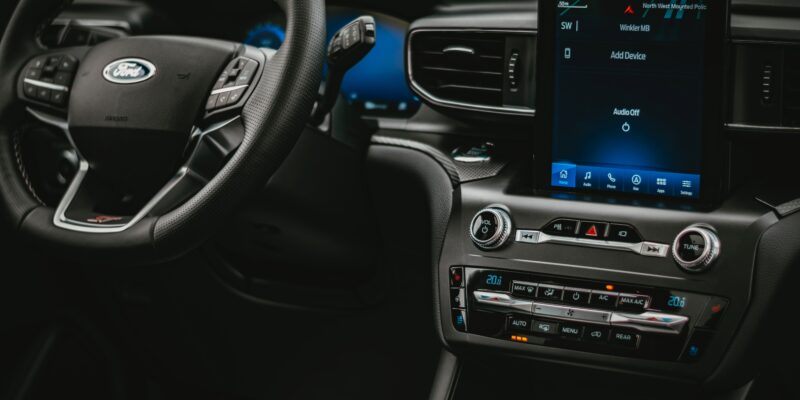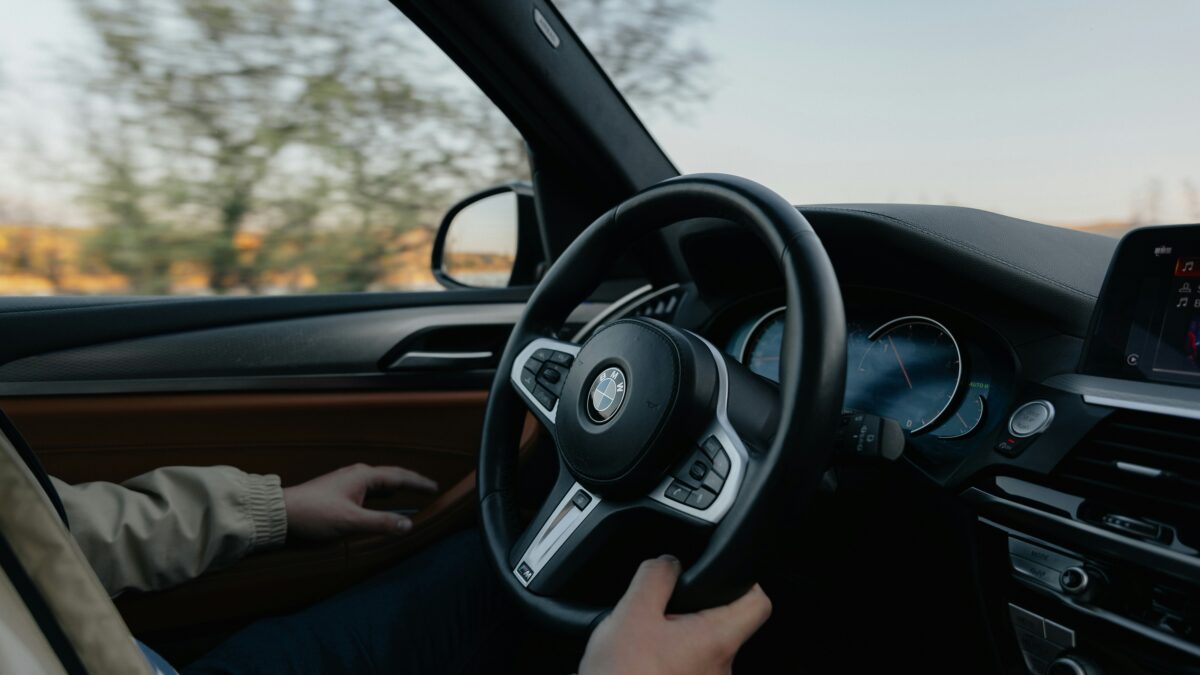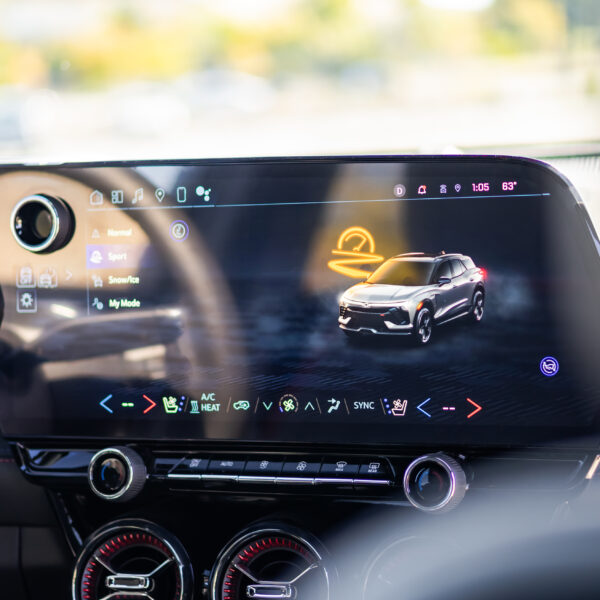NHTSA Confirms Newer Cars Are Safer
Ever so often we get asked the question: “Is new car tech making us worse drivers?“. And sometimes, our answer is met with hesitation. While advanced driver assist features, like blind spot detection, automatic emergency braking, and lane keep, have undoubtedly improved our safety in the car, there is some concern that drivers have become lazier in the process. Or at least, less alert. While driver behavior is still the root of most traffic accidents nowadays, one thing is for certain — newer cars are much safer than their predecessors.
Here we will detail the NHTSA’s latest stance on new car production and highlight the equipment and technology that revolutionized the parameters of vehicle safety.
Newer cars are simply built better with lots more safety options to choose from
Over the years, the NHTSA and several other traffic safety organizations have made a steadfast commitment to improving passenger safety as a whole. And frankly, one of the biggest ways of achieving this was through the advanced engineering of new vehicles. Between decades of studies, in-depth research, and countless testing data, the National Highway Traffic Safety Administration has indisputably helped hundreds of automakers attain new strides in car safety.
These days, the number of advanced safety features available (or standard) are truly expansive. Drivers not only have the modern comforts of air bag technology and seat belt detection, they can also pick and choose what safety features will add value to their purchase. For instance, if you spend your days commuting in congested highway traffic, it’s likely forward collision warning would be a great addition to your car.
Right now, there are so many features that contribute to passenger safety. Here’s a brief look at the NHTSA’s top equipment and technology picks for transforming car safety over the last few decades:
Electronic stability control
When you end up in the middle of a crash, newer cars will immediately try to stabilize and avoid spin-outs or veering in the wrong direction thanks to electric stability control. As a technology that became a requirement in 2011, it’s obvious this advancement has had a huge impact on passenger safety already. Essentially, electronic stability control systems use automatic computer-controlled braking to help the driver maintain control of the vehicle in high-stress scenarios with hard-steering.
Blind spot detection
No matter how advanced newer cars may seem, blind spots are still inevitable. Fortunately, blind spot detection technology has become instrumental in deterring drivers from entering an unforeseen crash. This technology was developed through the use of cameras and sensors to automatically detect if a vehicle is in the adjacent lane. Many automakers have since implemented audio and visual warnings in the car to stop drivers from crossing the white lines at the wrong time.
Backup camera
Admittedly, rear-view cameras have developed into one of the most used safety features in current times. While this technology originally aimed to prevent a backup collision or visually show if an object has come into your intended path, the technology behind backup cameras continues to advance. With 360 camera views, drivers can now see behind them and to the sides in the evident a pedestrian is approaching. Lawmakers made rear-view camera systems mandatory in all new cars in 2018.
Driver assistance
It’s true, automated driving systems are the leading advancements in car safety today. In fact, in the last decade we’ve witnessed an entire tech revolution through the engineering of new safety features. Driver assistance is perhaps the most groundbreaking, in general, offering drivers greater protection and a second set of eyes while navigating roadways. Technologies like forward collision warning, emergency braking, and lane assistance have changed the game in driver safety.
NHTSA aims to reduce cost of advanced safety in newer cars
In 2022, owning a newer car is more of a challenge rather than a cakewalk. With new car prices averaging over MSRP and a number of advanced safety features coming at a cost, drivers don’t always have the luxury of the best safety available. While the NHTSA anticipates more safety improvements in the next few years, price is still a factor. A major goal of the NHTSA right now is to put regulations in place that reduce the cost of these innovative features. It is with hope, in time, that more families can feel safer on the road because of driver assistance and all the latest technologies found predominantly in newer vehicles.
















Interesting to know technology is advancing in a positive direction, thats potentially saving lives. Great information.